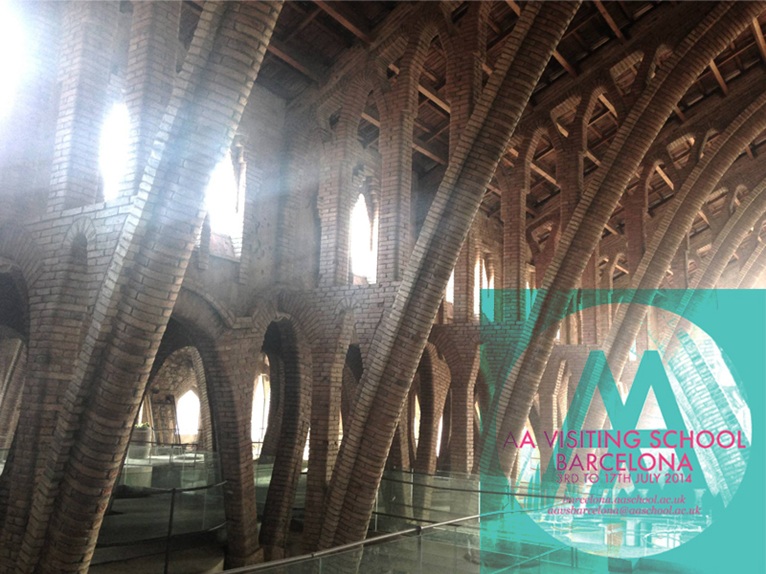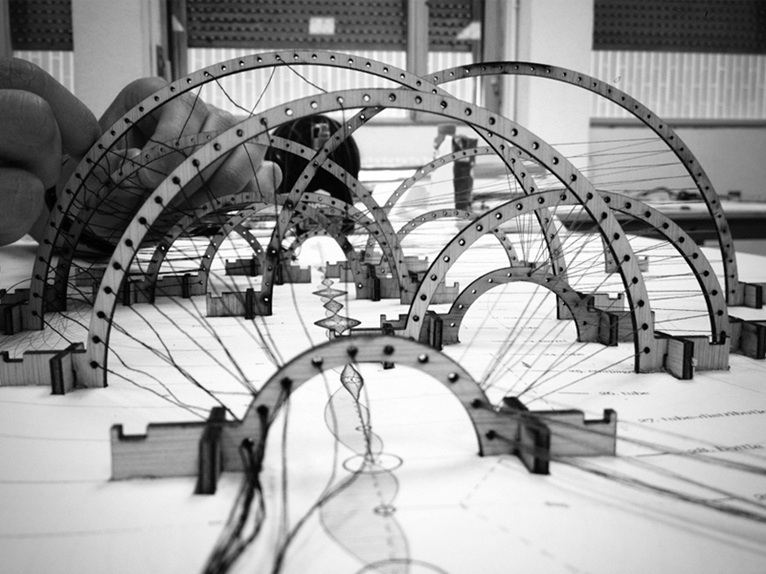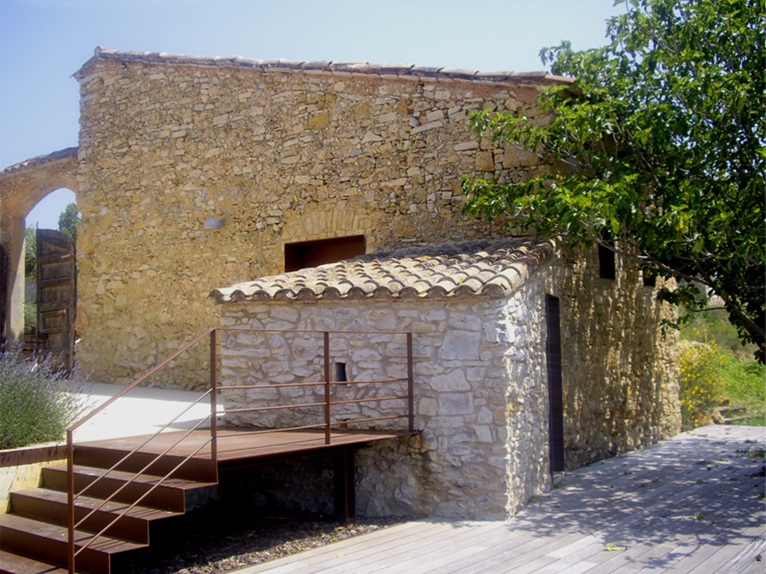
The prestigious AA School of Architecture, London takes the second edition of the AA Visiting School to the city of Barcelona, after the success of its first edition. In the workshop entitled "Bodega-Enological Metabolism" students will explore the relationship between wine and architecture. The Directors are Carles Sala of Sala Ferusic architects who designed the award winning MAS RODÓ Winery and architect Edouard Cabay.
MAS RODÓ Winery
Relying on the use of digital diagramming and mapping the students will unfold the metabolism of wine production and dissect techniques and technologies involved in the processes. Underlining the characteristics of time information and feedback, they will recognize the potential of the use of Control Systems as an essential design tool.
The students will be organised in groups and will be focussing on a different segment of the production. Equipped with analogic or digital tools, students will record quantitative information onsite to understand the variable factors that can influence the quality of the wine. The object of this preliminary phase will be the creation of a series of drawings using digital tools to work on the cartographical representation of the mappings.
Concluding the research, the spatial and organizational attributes of the process will be addressed to envisage potential architectural solutions for a contemporary bodega. The results of will be presented on the last day of the course to a multidisciplinary panel of experts from the architecture and enological world in a public presentation at the ETSAB, ‘Universitat Politècnica de Catalunya’.
The workshop this year will provide an opportunity to discover the fascinating cultural patrimony of modernist wineries in Catalonia. Emerging as a peculiar building typology in the early 20th century, the modernist winery seems to articulate a reciprocal relationship between wine and its making process, between the apparatus and the structure, between the content and the container.
One of Cèsar Martinell i Brunet's "Wine Cathedrals"
Can these buildings be understood as machines? How do structure, materials and spatial organisations relate to the process of wine making? What are all the interlaced systems and strategies that exist within these delicate yet astonishing constructions and their context?
The workshop will run as two parallel experiments occurring simultaneously along the two weeks of the course. One as an exploration on the senses, using wine as raw material. The other, initiated from a methodological understanding of constructive, structural and spatial affinities of the modernist bodega, will lead to the design of new models, or even buildings, for a contemporary winery.
MAS RODÓ Winery
The workshop also includes a lecture seies open to everybody called Archi/tech/e/nologies . It will bring together professionals of all kinds concerning architecture, technology and enology. Local and international architects will explain their startegies to develop their work on the wine field, whereas enologists and agricultural engineers will support and contrast all the techniques and current technologies used both, in the vineyard and the winery, to control the whole process of wine making in order to optimize the quality and the design of its coupage. By linking all these disciplines, the students will be encouraged to learn and support their project based in all this knowledge and tools.
The opening lecture will be held by architect Benedetta Tagliabue on 3rd of July at 7:30 pm ETSAB-UPC. Diagonal 649-651, Barcelona.
A week later on 10th July it is the turn of another architect Josep Miàs 7:30 pm Roca Barcelona Galler. Joan Güell 211, Barcelona.
The series is rounded off on the 17th July at 7:30pm in the Roca Barcelona Gallery. Joan Güell 211, Barcelona by Marc Fornes registered “Architect DPLG” and fine connoisseur in computer science he designs through writing text files, or codes. Hiding under his long time label THEVERYMANY™ he is a recognized figure in the development of computational protocols applied to the field of design and fabrication.


comment